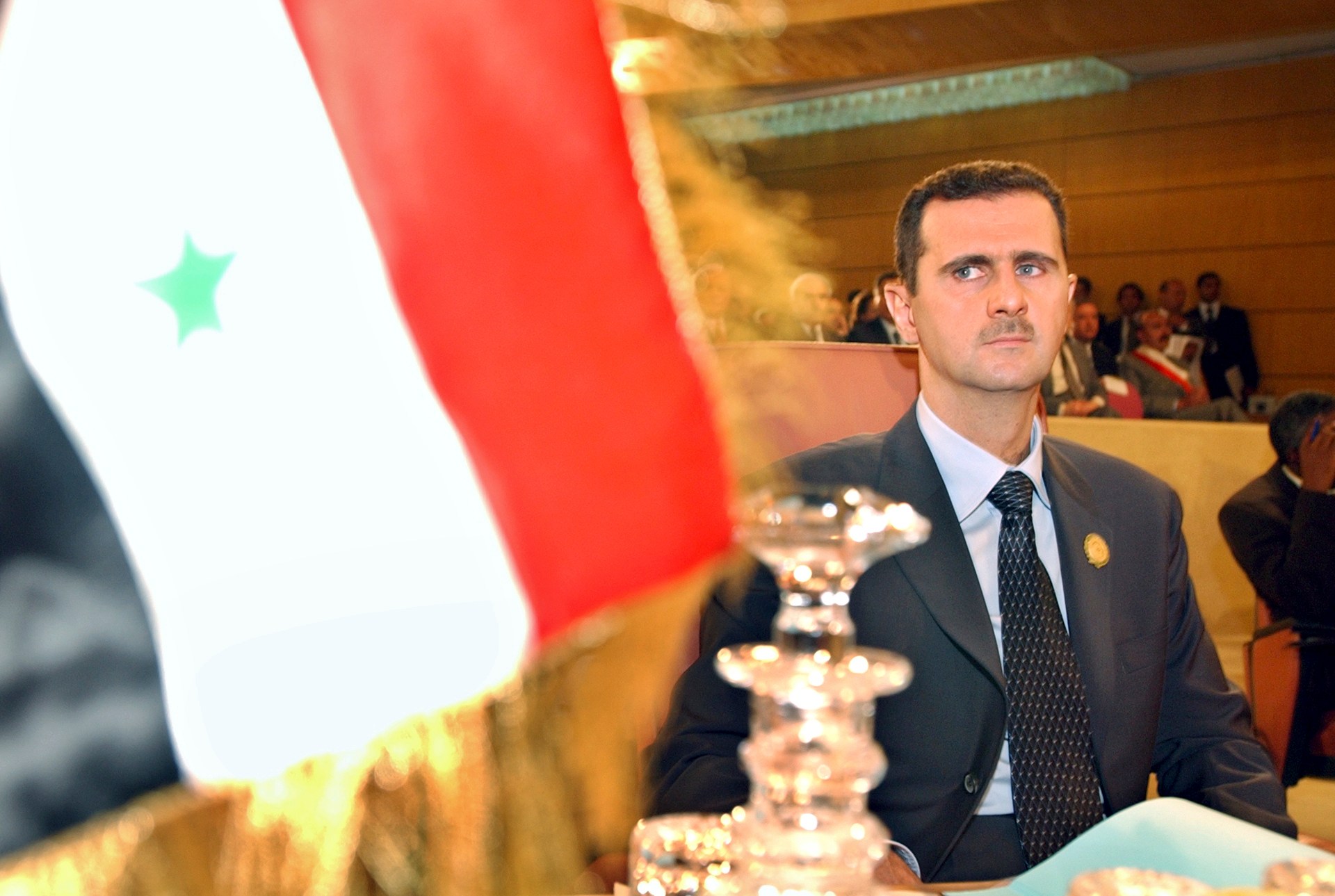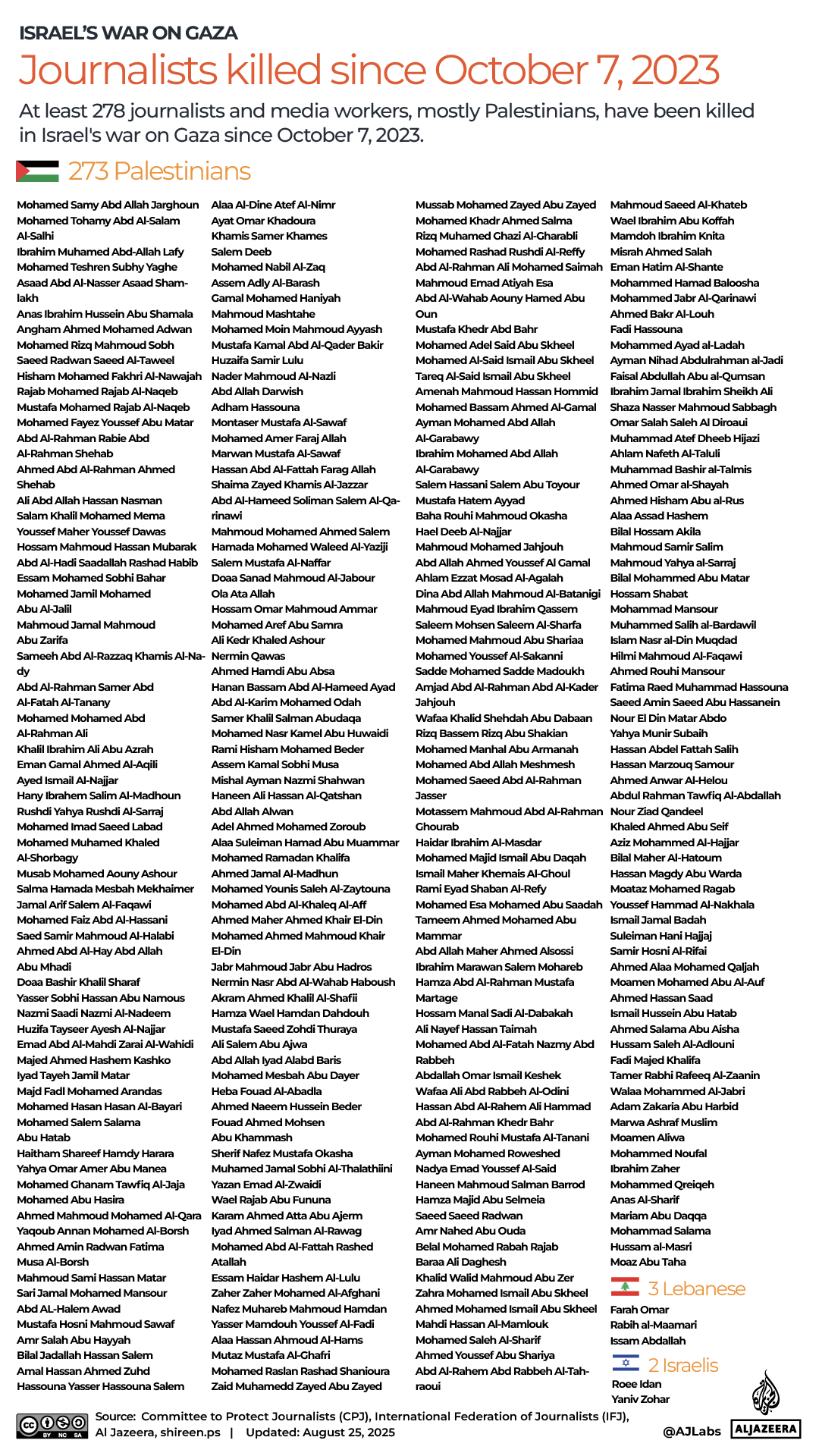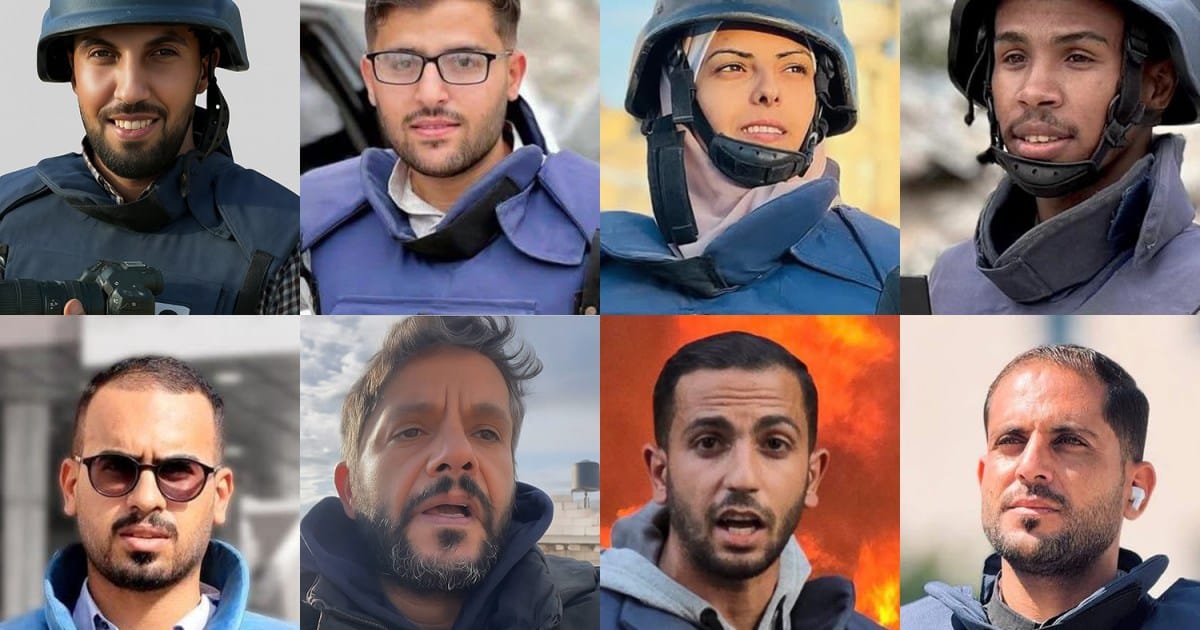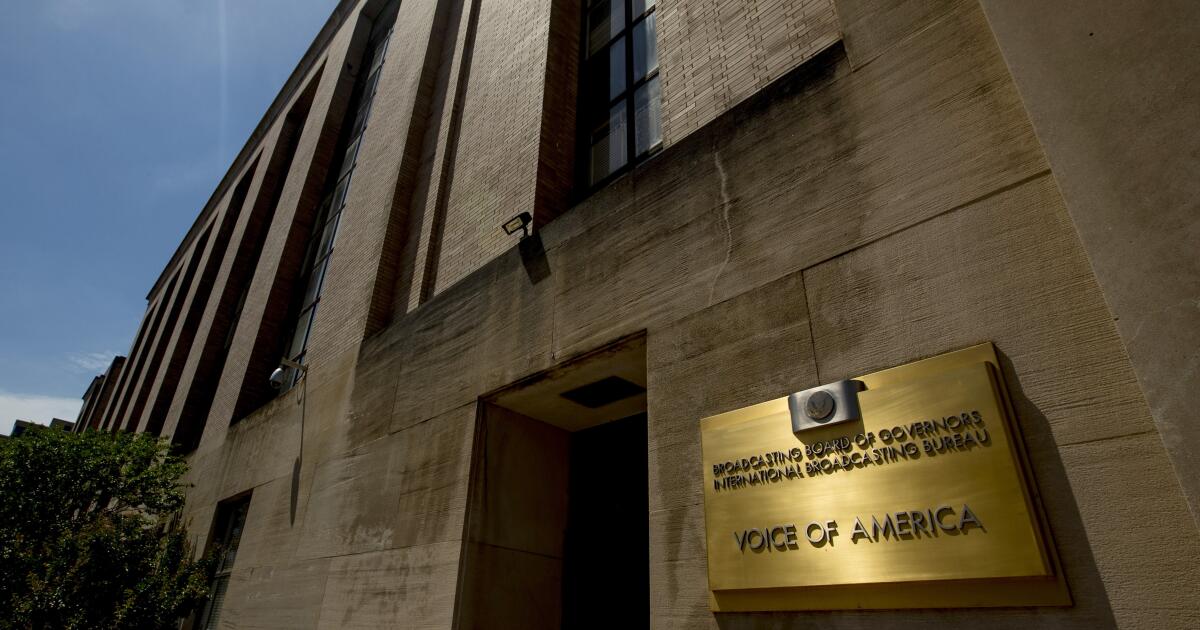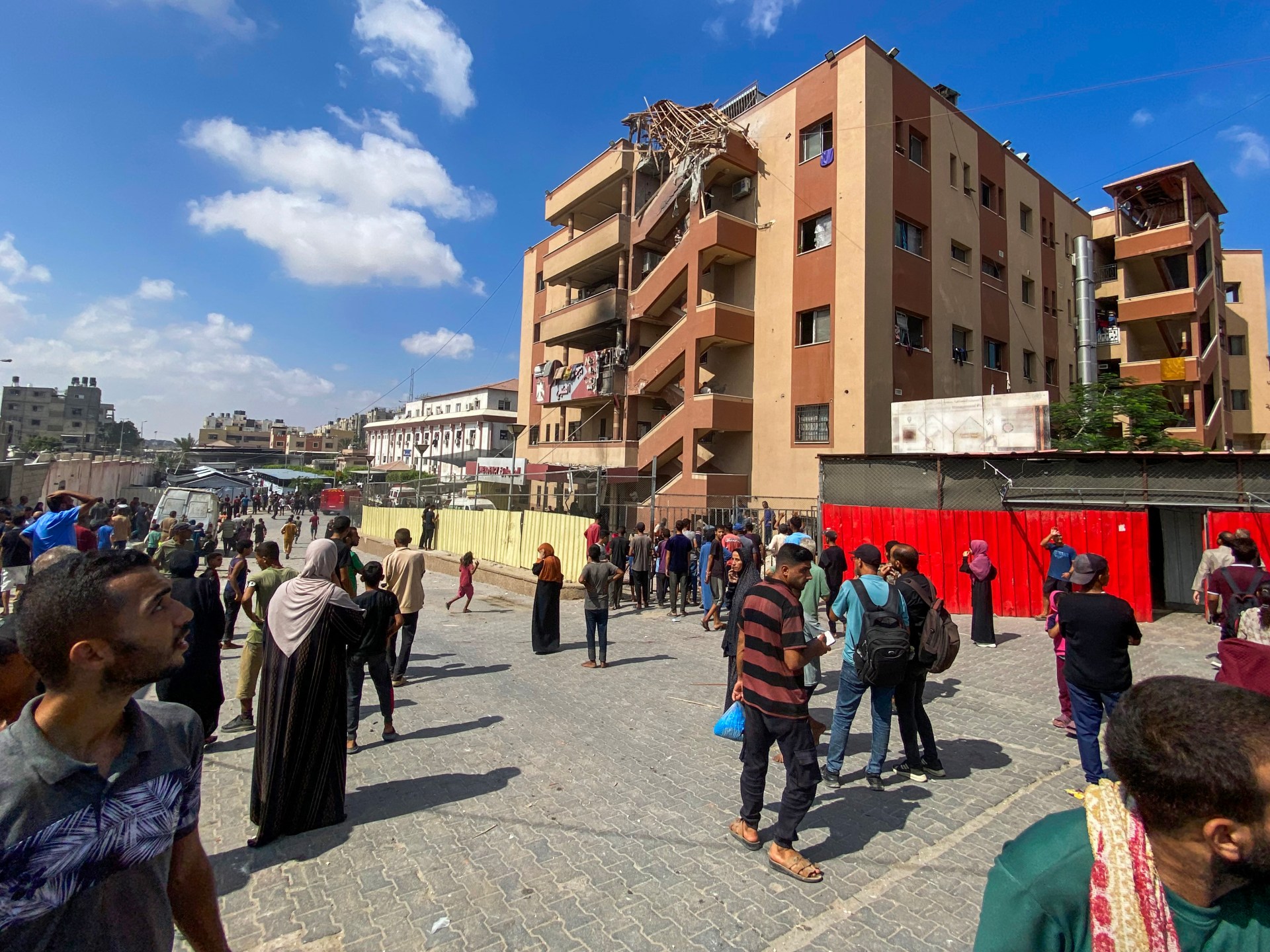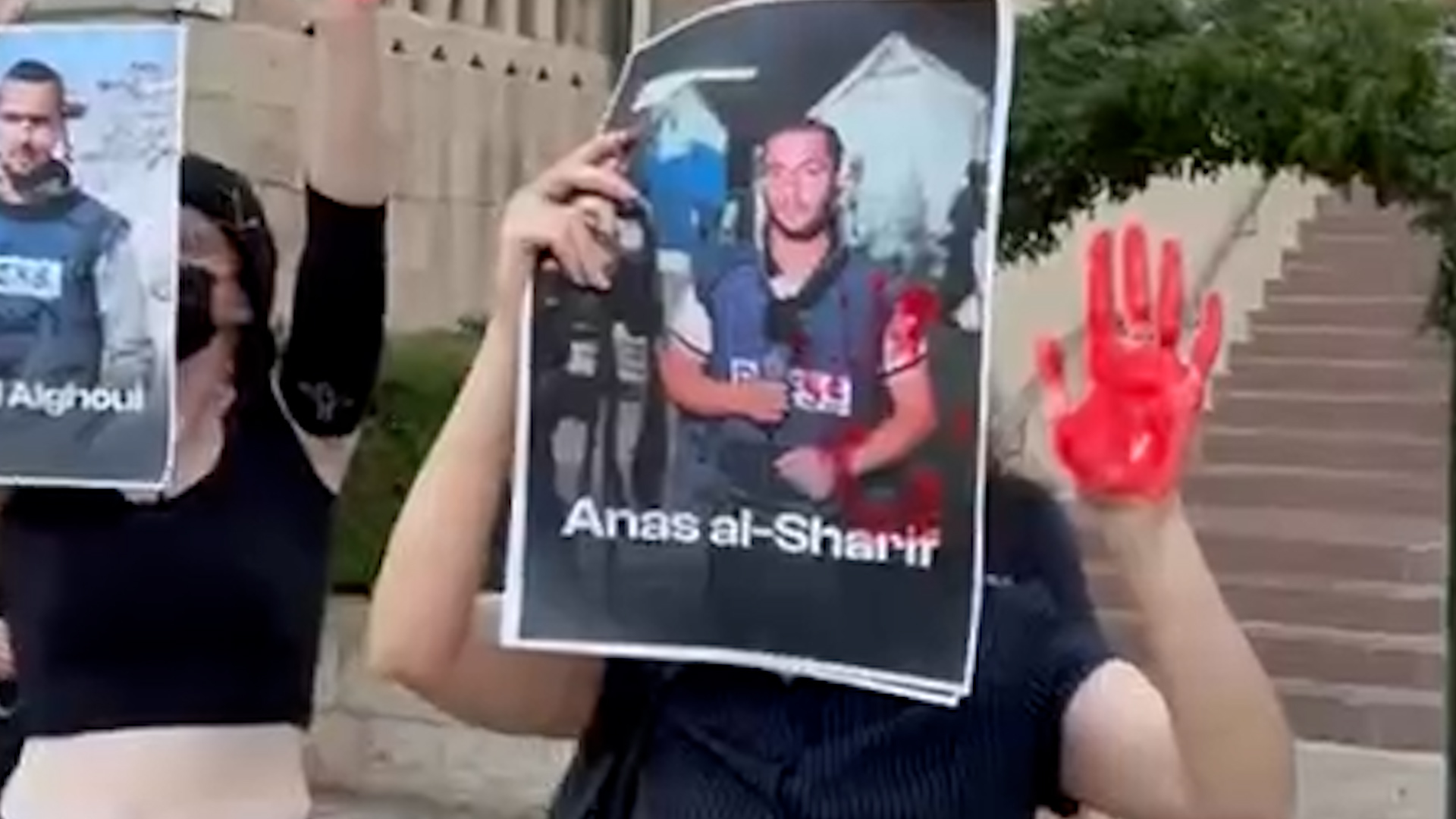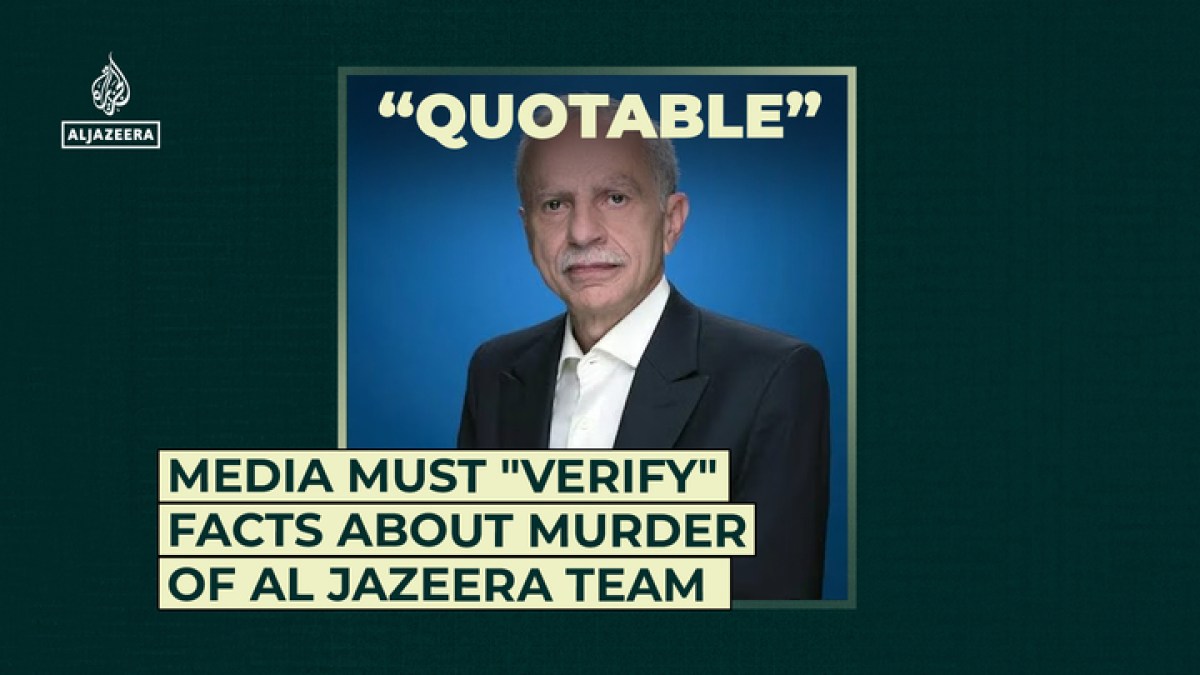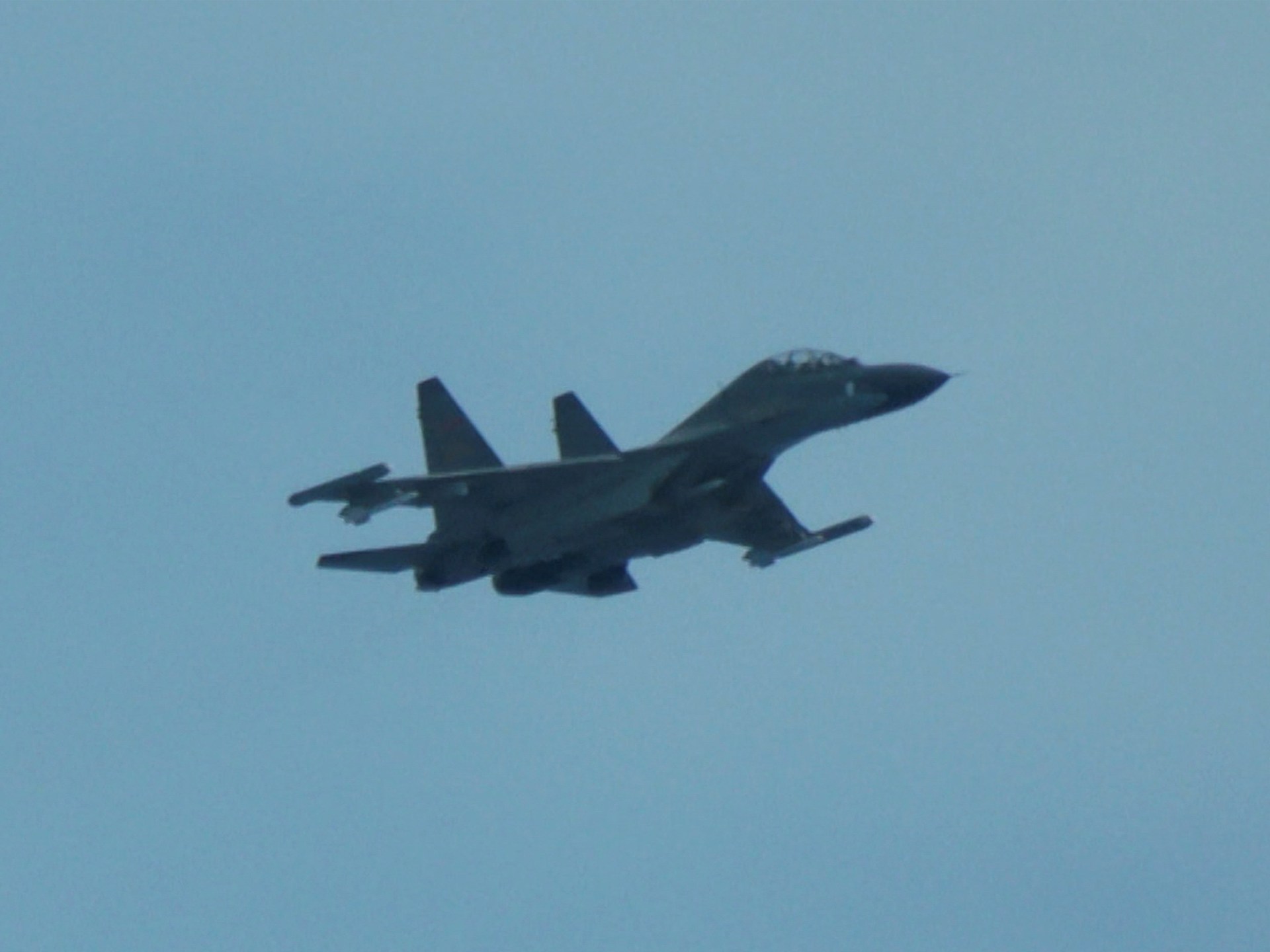Russian drone kills two Ukrainian journalists on Donetsk eastern front line | Russia-Ukraine war News
A Russian drone has killed two Ukrainian journalists and wounded another in the eastern Ukrainian city of Kramatorsk, according to their outlet and the regional governor of the Donetsk region.
Freedom Media, a state-funded news organisation, said on Thursday that Olena Gramova, 43, and Yevgen Karmazin, 33, had been killed by a Russian Lancet drone while in their car at a petrol station in the industrial city. Another reporter, Alexander Kolychev, was hospitalised after the attack.
Recommended Stories
list of 3 itemsend of list
The Donetsk regional governor earlier announced details of the strike and posted images showing the charred remains of the journalists’ car, according to the AFP news agency.
Freedom Media said that Gramova, a native of Yenakiieve in the Donetsk region, had originally trained as a “finance specialist”, but turned to journalism in 2014, the year when Russia annexed Ukraine’s Crimean peninsula, and started arming a separatist movement in Donetsk and Luhansk in the Donbas.
Karmazin was born in Kramatorsk, also in Donetsk. The outlet said he “joined Ukraine’s international broadcasting channels as a cameraman in 2021”.
“From day one, they were there, covering evacuations, war crimes, soldier stories,” said the Kyiv Post in a post on X.
A Russian Lancet drone tore through Kramatorsk, killing Ukrainian journalist Olena Hubanova and cameraman Yevhen Karmazin as they documented the war from the front lines.
From day one, they were there — covering evacuations, war crimes, soldier stories.
Now they’re gone. pic.twitter.com/TNTN8H7nFd
— KyivPost (@KyivPost) October 23, 2025
Kramatorsk, which had a pre-war population of about 150,000 people, is one of the few remaining civilian hubs in the Donetsk region still under Ukrainian control.
Russian forces are approximately 16 kilometres (10 miles) from the city, where officials earlier this month announced the mandatory evacuation of children from some parts of the town and outlying villages.
Record numbers of journalists killed in conflict
The proliferation of cheap but deadly drones used both by Russian and Ukrainian forces has made reporting from the front-line regions of Ukraine increasingly dangerous.
Earlier in October, French photojournalist Antoni Lallican was killed by a drone near the eastern city of Druzhkivka, located in the Donetsk region.
Lallican had been killed by a “targeted strike” from a first-person-view drone, which allows operators to see their target before striking, according to Ukrainian forces cited by the European Federation of Journalists.
Precise tolls of journalists killed since the war started in 2022 vary. The Committee for the Protection of Journalists says that 17 journalists – Ukrainian and international – have been killed so far. The deaths of Gramova and Karmazin would bring that total to 19.
UNESCO said earlier this month that at least 23 media workers have been killed on both sides of the front line, including three Russian state media journalists in March. In mid-October, Russian war correspondent Ivan Zuyev was killed by a Ukrainian drone strike in the southern Zaporizhia region, according to state news agency RIA.
Recent years have seen record numbers of journalists killed in conflicts, the toll disproportionately accelerated by deaths in Gaza, where Israeli forces have deliberately targeted media workers like Al Jazeera’s Anas al-Sharif and Mohammad Salama, Reuters cameraman Hussam al-Masri, and Mariam Abu Daqqa, a freelance journalist working for AP.
Again, reports on deaths since the start of the two-year Gaza war differ. The United Nations said that 242 journalists had been killed by August this year. A tally by Shireen.ps, a monitoring website named after murdered Al Jazeera journalist Shireen Abu Akleh, said Israeli forces had killed more than 270 journalists and media workers over the same period.
Either way, more journalists have been killed in Gaza than in the United States Civil War, both World Wars, the Korean War, the Vietnam War, the wars in the former Yugoslavia and the post-9/11 war in Afghanistan combined, according to Brown University’s Costs of War project.
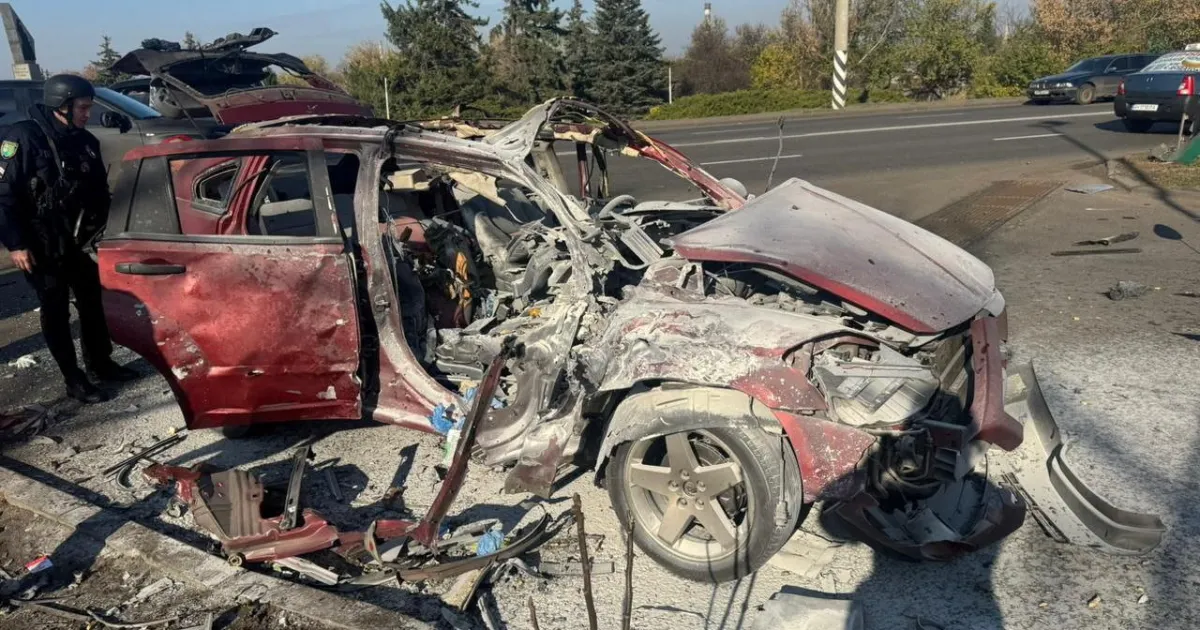
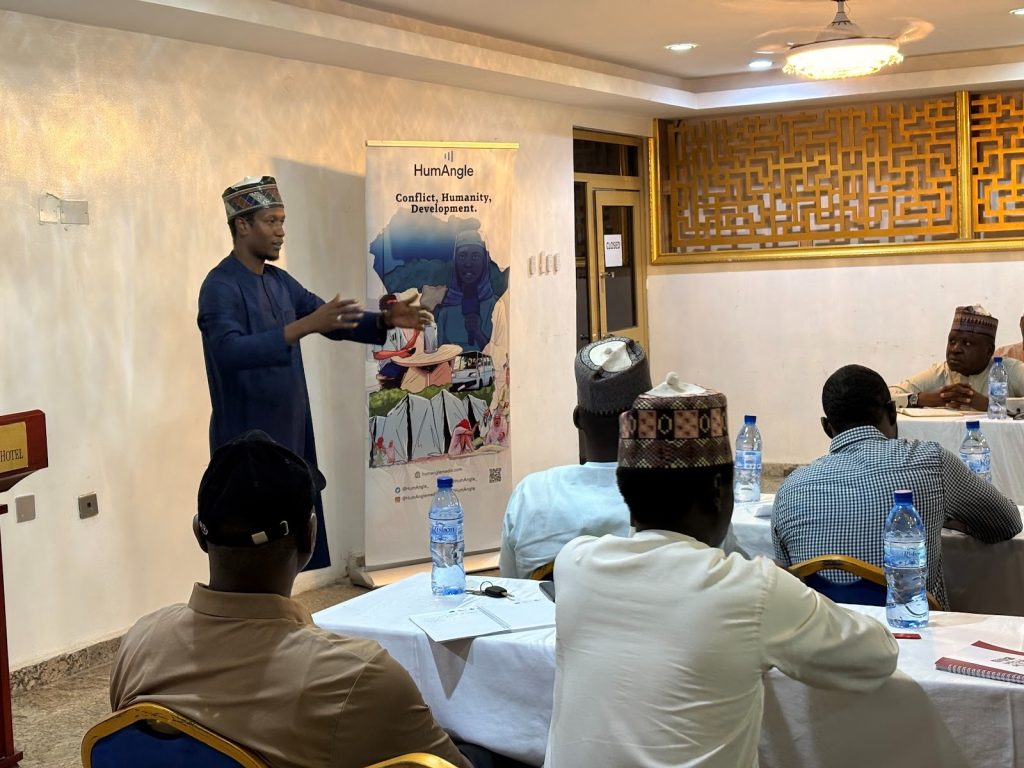

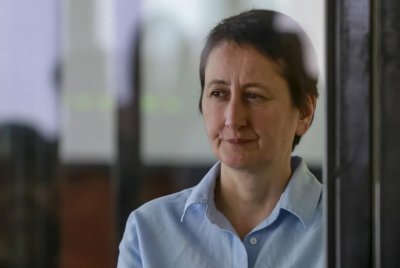

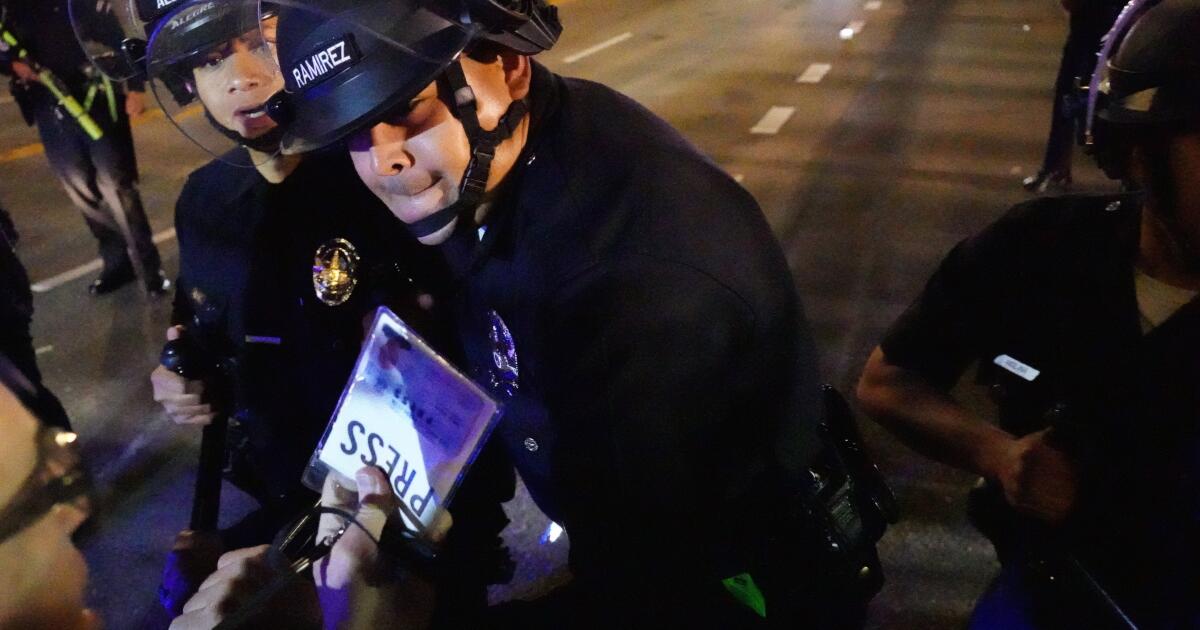
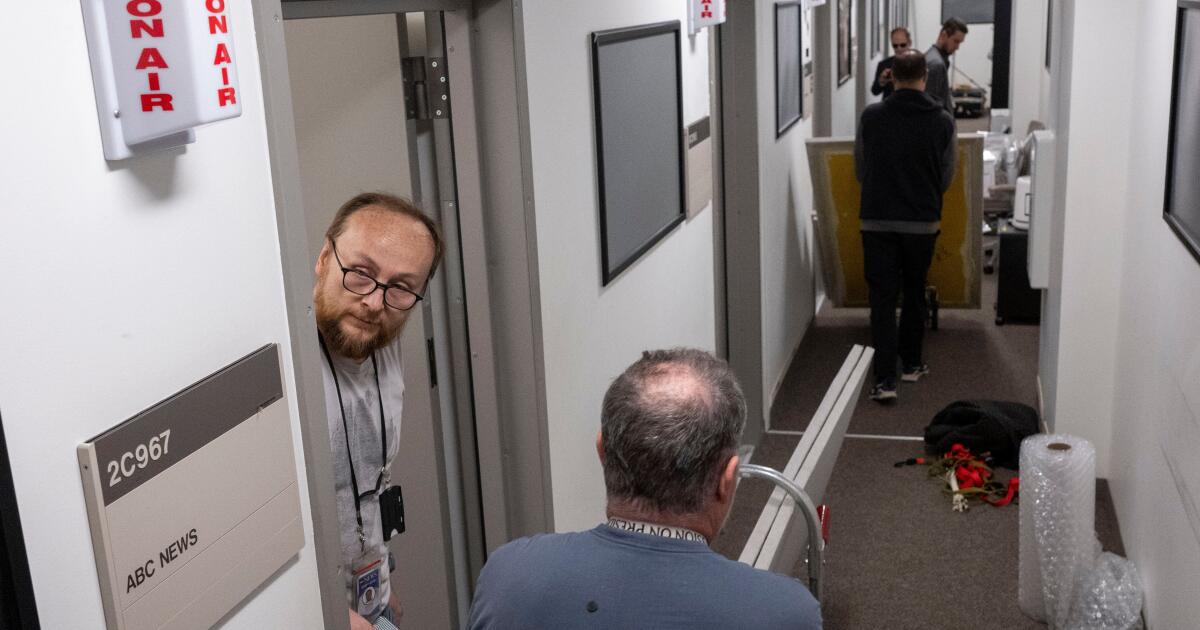



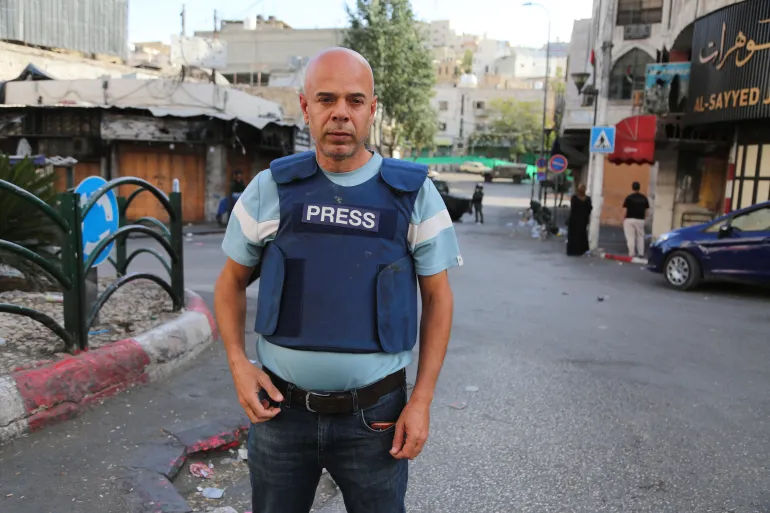




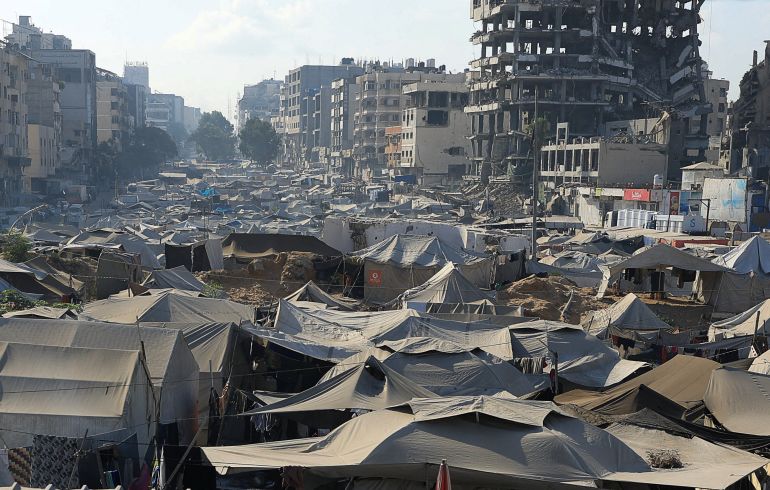
![Palestinians displaced by the Israeli military offensive take shelter in a tent camp, as Israeli forces escalate operations around Gaza City, in Gaza City, September 2, 2025. [Dawoud Abu Alkas/Reuters]](https://www.aljazeera.com/wp-content/uploads/2025/09/2025-09-02T065323Z_1553299967_RC2HJGAX8JGB_RTRMADP_3_ISRAEL-PALESTINIANS-GAZA-1756817062.jpg?w=770&resize=770%2C490&quality=80)
![Mourners stand next to the bodies of Palestinians killed in overnight Israeli strikes, according to medics, during the funeral at Al-Shifa Hospital in Gaza City, September 2, 2025. [Dawoud Abu Alkas/Reuters]](https://www.aljazeera.com/wp-content/uploads/2025/09/2025-09-02T083339Z_868352862_RC2HJGAUE9BT_RTRMADP_3_ISRAEL-PALESTINIANS-GAZA-1756805226.jpg?quality=80)
